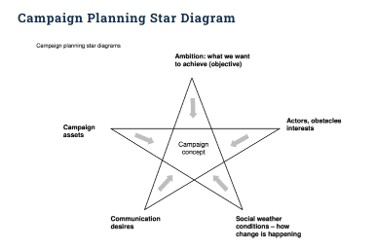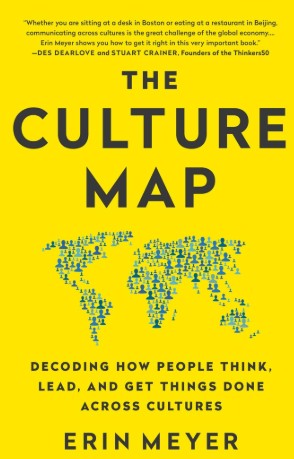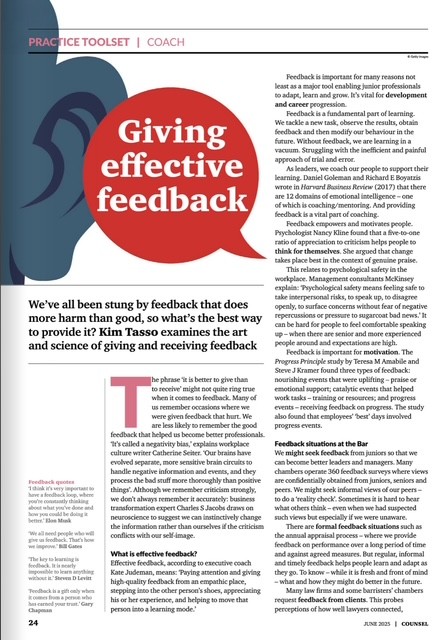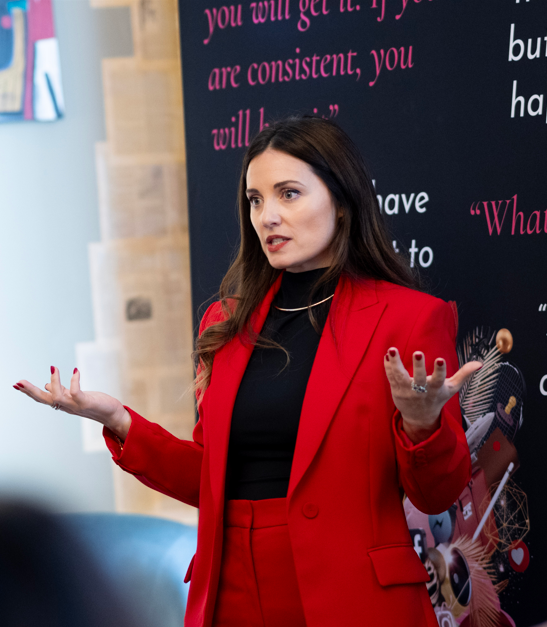
At the recent Proactive Marketing Executive workshop by PM Forum https://www.pmforum.co.uk/training.aspx there were six themes for Proactive Marketing and BD executives – Careers, Communications, Goals, Difficulties, Expertise and Mind sets.
1. Take responsibility for your career development
There was a lot of interest in career development. Some (larger) firms have competency frameworks and a clear career pathway. But many firms have not crystallised their approach to career progression for marketing and business development folk.
There was a discussion about the value of professional marketing qualifications – such as those provided by the Chartered Institute of Marketing (CIM https://www.cim.co.uk/). We also talked about the need to become a T-Shaped person (http://kimtasso.com/future-marketing-manager-t-shaped-people-senior-promotions-management-vs-leadership/)
We must take responsibility for our own career development. The strategic planning framework was considered for auditing our career (strengths and weaknesses), setting goals and developing a strategy for achieving short and long term objectives.
We also looked at some of the models for developing personal brands (see, for example:
http://kimtasso.com/make-personal-impact-stand-speak-make-difference/
http://kimtasso.com/be-more-visible-the-pvi-model/
http://kimtasso.com/lessons-leadership-personal-brand-presence-leadership-stages-loneliness/
http://kimtasso.com/building-personal-brand-key-person-influence-daniel-priestley/).
My career coaching services are outlined here: http://kimtasso.com/career-coaching-counselling-kim-tasso/
2. Be an empathic and confident communicator
As always there was a strong focus on building effective relationships with our fee-earners. The first element was developing empathy with fee-earners (http://kimtasso.com/marketing-executives-develop-empathy-seeing-things-fee-earners-perspective/) – understanding the stresses and strains they face each day and their professional aims, priorities and responsibilities.
Another key element was about communicating effectively with fee-earners: adapting our approach to meet the needs of different personalities, ensuring we are concise and aiming for face-to-face interactions which are 34 times more likely to gain agreement to requests. We explored what we need to do to both feel more self-confident and appear more confident. http://kimtasso.com/be-more-confident-and-convey-confidence/
The DACRIE model for creating better business relationships was reviewed: http://kimtasso.com/publications/better-business-relationships/
3. Analyse and address difficulties
We encounter a myriad of situations trying to achieve our firm, team or personal goals and doing our jobs where we run into difficulties. We looked at how to analyse difficulties to diagnose the issue and form suitable strategies for addressing them.
There can be difficulties with people and relationships. This can be down to a clash of personalities or conflicting priorities. We need more self-awareness of our own personalities and learn how to adjust our expectations and behaviour to the personalities, styles and needs of others. One of my personality assessment services is outlined here http://kimtasso.com/personality-assessment-as-part-of-the-coaching-and-development-process/
Psychology can be helpful in other ways – for example, we can consider the parent, adult and child model in Transactional Analysis (http://kimtasso.com/psychology-business-communication-introduction-transactional-analysis-ta/) to improve communication. And we can learn how we can earn the trust of our fee-earners http://kimtasso.com/trust-better-business-relationships/
Sometimes there are engagement difficulties – where we need to spend more time on education, engagement, commitment and buy-in http://kimtasso.com/animal-magic-and-the-art-of-gaining-buy-in-leeds-september-2019/
Sometimes the difficulties are due to misunderstandings or even conflict and we must equip ourselves with tools to analyse, prevent, defuse and resolve disputes. See, for example: http://kimtasso.com/nine-ideas-for-better-conflict-management/ and http://kimtasso.com/seven-top-tips-conflict-management-negotiation/
Sometimes, the difficulties are caused by our lack of knowledge. We have to ensure that we have taken enough time to learn about the products and services and markets and clients of our fee-earners.
Others talked about the problems arising from a lack of resources – being stretched in too many directions. Resourcing issues are addressed by goal-setting, prioritising and planning.
4. Agree goals and develop plans
Too often, marketing and business development executives are focused on what they do rather than what they achieve (see http://kimtasso.com/productivity-inputs-vs-outputs/).
We can be more proactive if we are goal-focused. We need career goals, business goals, marketing goals, business development goals, role goals, project and campaign goals. These need to be aligned with our firm’s goals. The stepping stones approach to goal-setting is shown here http://kimtasso.com/3-themes-from-marketing-planning-stepping-stones-persuasion-and-momentum/
With goals we can manage expectations – about what we can achieve and when with the necessary resources. If we are clear what we are trying to achieve we can anticipate what is needed and focus action. Plans enable us to be more proactive.
With agreed goals we can be assertive in deflecting requests for assistance which are not a priority http://kimtasso.com/getting-want-say-no-assertiveness-skills/
With goals we can measure our effectiveness and demonstrate Return on Investment (ROI). We considered the central role of goals in the simple strategy framework – Where am I now? Where do I want to be? How can I get there?
Methods to create a marketing and business development plan are summarised here http://kimtasso.com/marketing-planning-nutshell/
5. Continue to develop marketing and BD expertise
Our markets are continually changing. Client expectations are becoming more sophisticated. And there are new developments in marketing and business development knowledge, technologies and methods every day.
We need to be confident in our abilities. Our fee-earners need to be confident in our abilities. Marketing staff are the experts in the strengths and weaknesses of different analysis, marketing, planning, communication and relationship tools available to help our firms and fee-earners achieve their aims.
Marketing people can study for CIM professional marketing qualifications and then provide frameworks such as the three step strategy process, SLEPT, SWOT, Porter’s Five Forces, marketing plans, project management, AIDA, DRIP and CTA to guide discussion and action.
But we need to be aware of the host of new technologies available in the MarTech (Marketing Technology) arena. . Intapp was mentioned as a system that is revolutionising client lifecycle management http://kimtasso.com/intapp-leads-the-way-with-client-lifecycle-management-clm-solution/. We need to be aware of the latest techniques and approaches in areas such as thought leadership, collaborative working, design thinking, content management, search engine marketing, social listening and social selling. We all need digital upskilling on a constant basis.
Some of the latest thinking in marketing management is outlined in this book http://kimtasso.com/book-review-advanced-marketing-management-principles-skills-and-tools-by-nikolaos-dimitriadis-neda-jovanovic-dimitriadis-and-jillian-ney/. It explains how the future of marketing requires neuroscience, predictive, innovation and adaptability skills and how the traditional 4 Ps have been replaced by the 4 Es of empathic product, experiential price, ever-present place and engaging promotion.
Some of the latest thinking on selling and value proposition development is in this book: http://kimtasso.com/book-review-malcolm-mcdonald-on-value-propositions-how-to-develop-them-how-to-quantify-them-by-malcolm-mcdonald-and-grant-oliver/ There are many books on the latest developments in Key Account Management (KAM) and Account Based Marketing (ABM) too.
6. Examine and change mind sets
We each have a different view of the world – built up from a life time of perceptions and experience. There is a danger that we can get stuck in a marketing mind set and enter a silo ourselves (see http://kimtasso.com/strategy-silos-is-marketing-guilty-too-align-integrate-focus-educate-and-champion/)
We must challenge our assumptions as much as we challenge the assumptions of those around us (see http://kimtasso.com/set-goals-check-limiting-assumptions/). We can use empathy and reframing to help change perspectives http://kimtasso.com/two-big-guns-of-communication-face-time-and-reframe/
There are lots of posts on change management and changing behaviour – for example:
http://kimtasso.com/change-management-and-employee-engagement/
2020 and the new decade promise to be both an exciting and challenging time for marketers and business developers in professional service firms.









